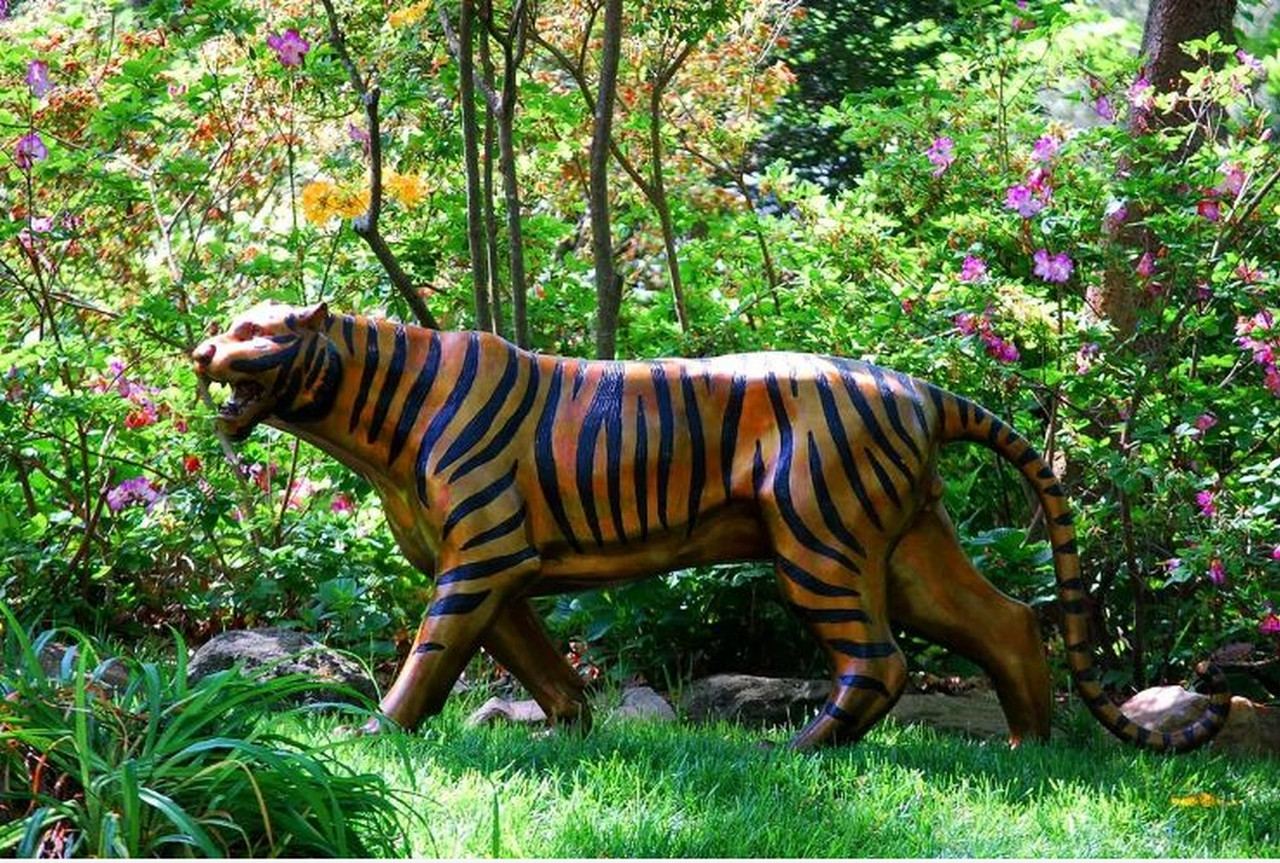All of Our Bronze Sculpture are made using the traditional, labor-intensive lost wax bronze casting method. This is the same time-honored method used to create the sculptures in the past and ensures outstanding quality and true-to-life details.
Bronze sculptures have captivated human imagination and adorned our surroundings for centuries. These magnificent works of art never fail to stir emotions, leaving a lasting impression on all who behold them. But have you ever wondered how these stunning pieces are created? In this article, we will take a dive into the enchanting world of bronze sculpture making, unraveling the steps behind their making and the time-honed process that brings them to life.
1. The Inspiration:
Every breathtaking sculpture begins with an idea, a vision that speaks to the artist's soul. Inspired by life, nature, or even sheer imagination, this initial stage involves extensive research, sketches, and exploration of concepts. The artist meticulously refines the idea until it embodies their desired aesthetic and message.
2. The Armature:
With a concept in hand, the artist then moves on to constructing an armature, a skeletal framework that acts as the sculpture's internal support system. Typically made of aluminum or steel, the armature provides stability and shape to the sculpture, allowing the artist to work fluidly with the materials.
3. Clay Modeling:
Working in clay, the artist begins the process of sculpting the desired form. This stage allows the artist to refine the sculpture's details, adding texture, depth, and character to their creation. Often, artists prefer to use wax-based clay due to its malleability and ability to hold intricate details.
4. Creating the Mold:
Once the clay model is complete, a mold is made to preserve its shape and facilitate the reproduction process. The sculpture is gently coated with a liquid rubber solution, layer by layer, which solidifies to form a flexible and accurate mold. This mold captures every intricacy and contour of the original artwork, enabling multiple replicas to be cast.
5. Lost-Wax Casting:
The lost-wax casting technique, a centuries-old method, is employed to sculpt the bronze masterpiece. Wax is poured into the rubber mold, creating a hollow shell that replicates the shape of the original artwork. Next, the wax shell is coated with layers of ceramic and left to dry. Upon drying, it is placed in a kiln, where the wax melts and escapes through vents, hence the name "lost-wax."
6. Bronze Pouring:
Once the ceramic shell has hardened, it becomes the mold for the bronze sculpture. Molten bronze, heated to around 2,100°F, is carefully poured into the shell, filling the void left by the melted wax. This step requires precision and expertise, ensuring that the molten metal reaches every intricate detail of the artwork.
7. Finishing Touches:
When the bronze sculpture has cooled and solidified, the ceramic shell is removed in a process called "knocking off." Now, the artist can refine and perfect the sculpture further. Welding, sanding, polishing, and patina application are some of the techniques used to achieve the desired finish. Patina, a chemical coating, provides color, texture, and a protective layer to the bronze, enhancing its visual appeal.
The process of creating bronze sculptures epitomizes the ancient fusion of artistry, craftsmanship, and technical skill. From the initial inspiration to the intricate finishing touches, each step demands unwavering dedication, expertise, and an unwavering passion for the artform. As these timeless masterpieces take their rightful place in galleries, parks, and public spaces, they continue to captivate, inspire, and leave an undying legacy of artistic beauty for generations to come.

